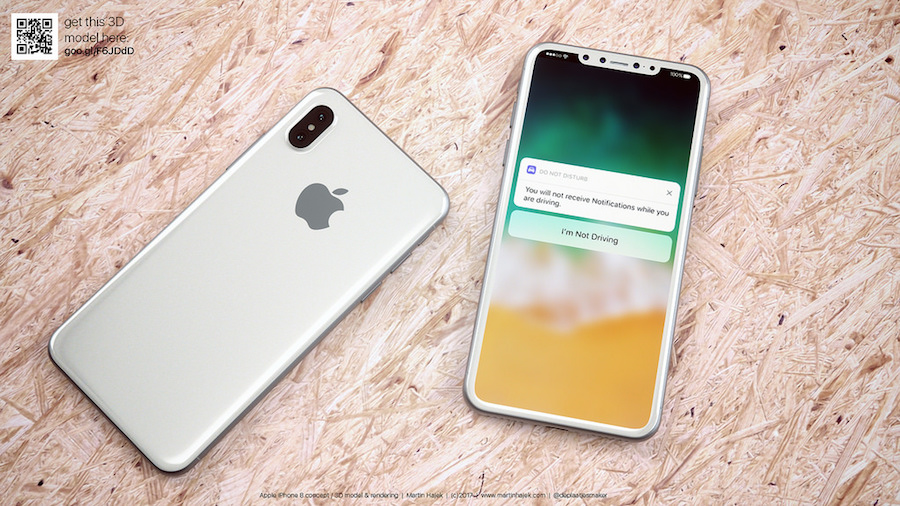A new research note from reputed analyst Ming-Chi Kuo has shed some light on why Apple’s upcoming iPhone 8 may cost upwards of $1,000. While iPhone prices have remained relatively steady in recent years, we’ve seen a number of reports which suggest that the entry-level iPhone 8 will cost markedly more than the priciest iPhone 7 Plus model, which currently retails for $749.
According to Kuo, in a note obtained by AppleInsider, the iPhone 8’s lofty retail price can be attributed to Samsung. Specifically, Samsung is currently the only OLED supplier tapped to supply displays for the iPhone 8. In turn, Apple’s traditional strategy of securing favorable pricing by leveraging two suppliers against one another can’t be implemented. On the contrary, the dynamic has given Samsung a distinct negotiating advantage, allowing the company to charge Apple significantly more. In short, Kuo notes, “Apple is in urgent need of finding a second source of OLED.”
Speaking to how much more expensive the iPhone 8’s OLED display will cost Apple, Kuo speculates that Samsung is charging Apple upwards of $130 per display. In contrast, the iPhone 7 Plus display is estimated to cost Apple somewhere between $45 and $55 per display.
While Samsung certainly isn’t the only company capable of manufacturing OLED displays, the kicker is that Samsung is the only company currently capable of manufacturing displays in the volume that Apple needs. Though initial supply of the iPhone 8 will likely be extremely limited, Apple will undoubtedly sell tens of millions of iPhone 8 units over the next year.
Looking ahead, Apple is already taking steps to increase OLED supply for upcoming iPhone models. Most notably, Apple this past July reportedly paid LG $2.7 billion to help it build out a new OLED manufacturing plant. In a note to investors that surfaced a few months ago, Kuo said that LG may account for 20-30% of the iPhone OLED displays by 2020.
All that said, there’s no getting around the fact that the iPhone 8 will be incredibly expensive. Still, the iPhone 8 will offer users more bang for the buck than ever before. And if history is any indication, iPhone owners have historically had no problem shelling out extra cash for premium features.








